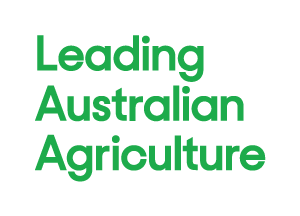THE Westpac-NFF rural commodity price index rose 4.2% over February as the farming sector bucked the trend of its declining terms of trade, with farm incomes unexpectedly set to rise in 2005-06 to $6.4 billion.
“Virtually every rural commodity measured by our index rose in February, with wheat prices up 7.7%, canola 3.9%, sugar 14.1%, cotton 2%, beef 1.3%, wool 9.4% and barley and dairy prices holding steady,” National Farmers’ Federation (NFF) CEO Ben Fargher announced today.
“Improving commodity prices and new optimism, flowing from a break in drought conditions in many parts of the country, has helped turnaround official estimates of farm profitability for the financial year. Until now, despite greatly improved crops and pasture conditions, farm incomes were expected to continue to fall due to soaring costs for transport, fuel, fertiliser and chemicals.”
The revision of the Australian Bureau of Agricultural and Resource Economics’ (ABARE) official estimates from a 6% fall in profitability to a 13% rise over 2005-06 (compared to 2004-05), shows that Australian farmers are fighting back after years of debilitating drought.
“Sugar prices have more than doubled over the past six months in the wake of the European Union’s (EU’s) reduced export subsidy programme for its sugar producers,” Mr Fargher said. “This was the result of a successful appeal to the World Trade Organisation (WTO) by Australian and Brazilian farmers, proving the international dispute resolution process works.
“Further, other tangible benefits have also flowed from this decision with countries like Ireland and Greece likely to cease growing sugar beet altogether, and cuts in production expected from all EU member states, addressing the oversupply of sugar that kept world prices artificially low for so long.
“Yet, despite this good news, 2005-06 will see only half of the income we would reasonably expect Australian farmers to earn in such a high yielding year, due to the impact of higher costs and prices that remain historically low.”
“Global demand continues to surprise on the upside with the US continuing to power on and Japan looking as if it has turned the corner,” Westpac Senior Economist Justin Smirk added. “Along with dryer than average conditions in the Northern Hemisphere, this is a significant positive for farm commodity prices.”
The Westpac-NFF Index is weighted according to the value of Australian agricultural exports and includes only rural commodities – unlike other price indices that are overshadowed by oil, mineral and energy prices. It provides daily movements based on prices of Australia’s seven key farm exports – wheat, barley, beef, wool, cotton, sugar and canola – in both $US and $A.





Add comment